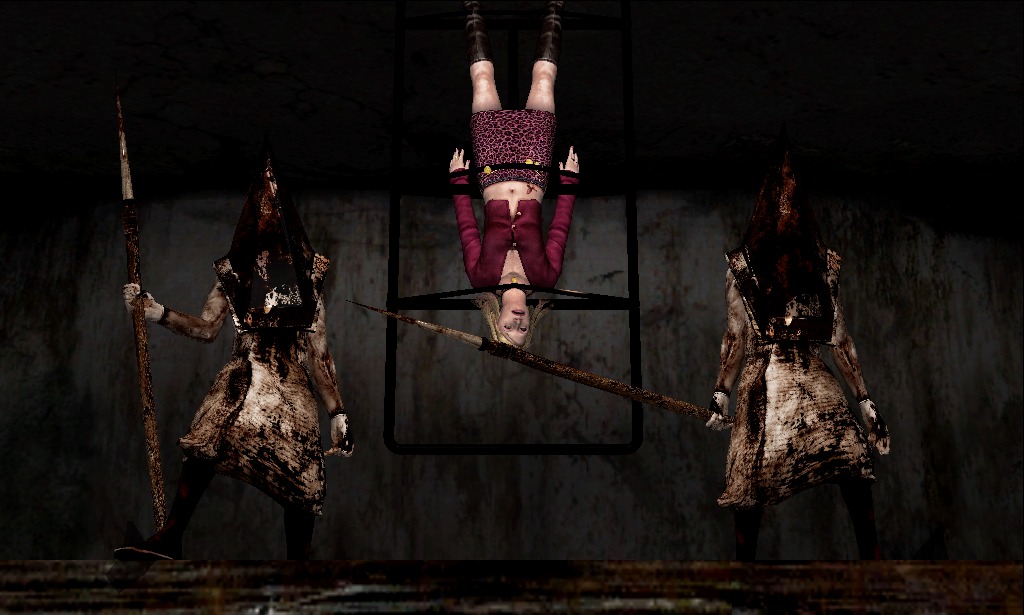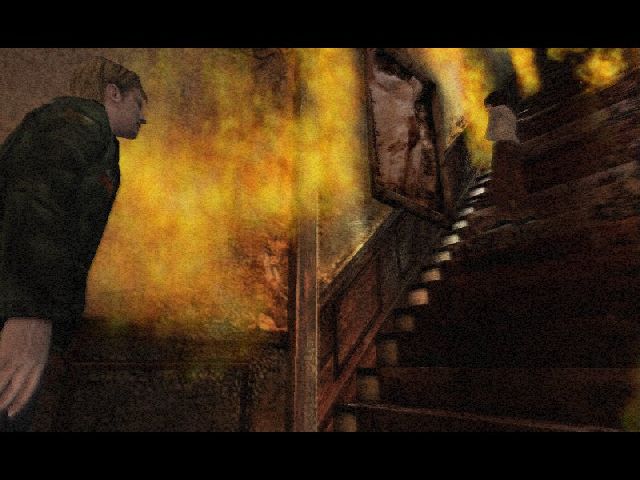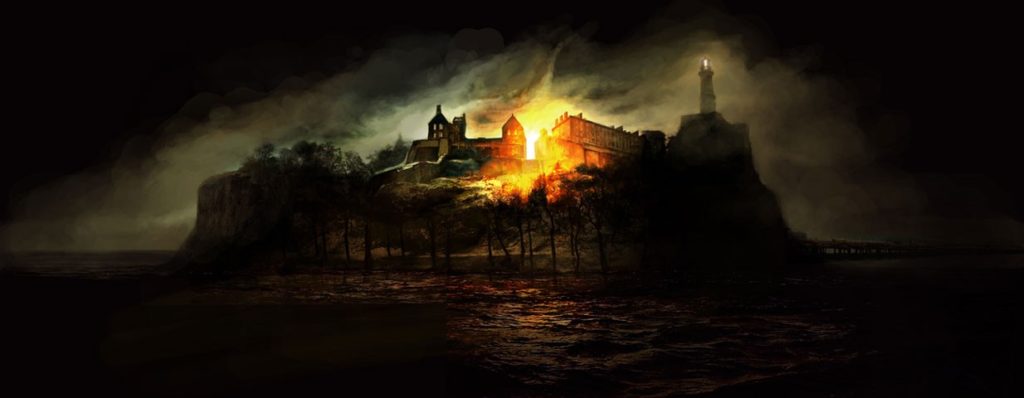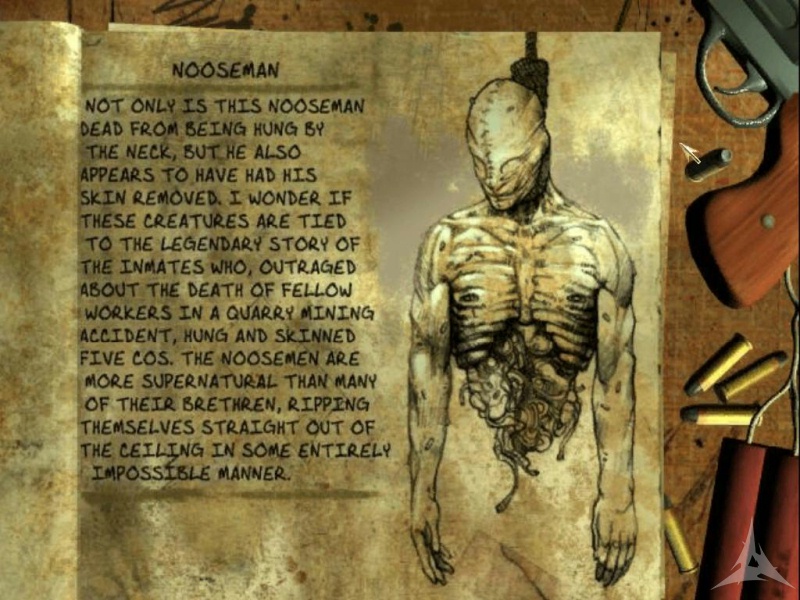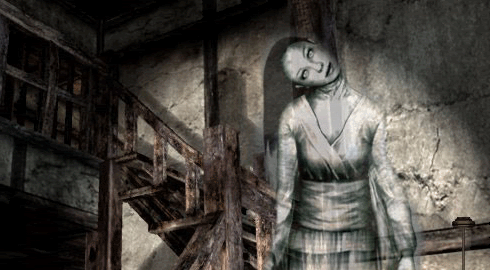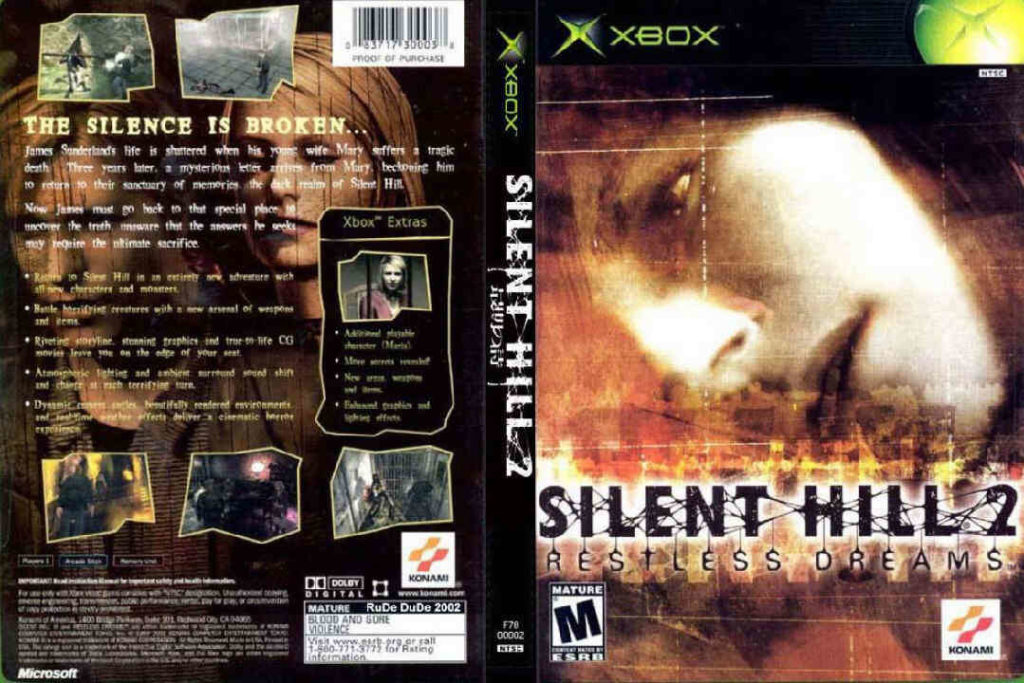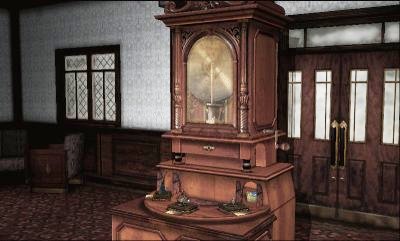At least once in their lifetime most people ask themselves questions such as “What is the meaning of this?”, “What is the meaning of life?”, “Is there any meaning?”, “What do I do if there is no meaning?” Even if as a fleeting thought that is quickly disregarded, these questions in some form or another passes through most of our minds. It can be a daunting task to tackle such a question. Tolstoy recalls his own experiences in confronting the difficulties of trying to answer the question. He writes, “The questions were not waiting, and I had to answer them at once; if I did not answer them, I could not live (8)”. Later when describing the difficulties in his quest for an answer he describes himself as a man in an endless forest who comes across a clearing and climbs a tree. Climbing the tree and looking out over the forest he sees nothing but the forest. He then climbs down from the tree returning to the darkness of the forest (10). Tolstoy observes how people react to the question. Tolstoy mentions the two most common responses: people either ignore the issue or come to the conclusion that life is meaningless (16). Neither of these options seems desirable as it amounts to giving up. Most would seem reluctant to approach the question in any serious manner while those that do cause themselves a good amount of pain looking for an answer. First this article will examine what we mean when we use the term “meaning,” finding what we really desire is not a meaningful life but a worthwhile one. I will then briefly comment on the theistic argument. Finally I will examine how to achieve a worthwhile life and how happiness plays a role in such a life.
When we ask the question “What is the meaning of life?” we are grasping at more than what is stated. Ideas about purpose or worth always seem to get involved. So what do we mean when we refer to “purpose,” “meaning,” or “worthwhile,” or rather what should we have in mind?
When speaking about purpose we can use it in two senses. In his essay “The Meaning of Life” Kurt Baier outlines these two senses. The first sense is used when we speak of the purpose of things. When we ask a question like “What is the purpose of that device?” this is the sense we are using (100). Kurt Baier asserts to use this sense of purpose in relation to human beings is insulting (101). Such questions reduce him to the “level of gadget” or “domestic animal” (Baier 101). Outside of certain theistic arguments we can disregard this sense of purpose because based on our current understanding of the universe we have no general purpose. We were not created for anything.
The second sense of purpose is related more to human behavior. It is this sense of purpose we are using when we ask questions like “Why did you go running this morning?” or “Why did you go out today” (Baier 100). This is the sense of purpose we want to use when we discuss meaning. It is this sense which brings order to our lives. It is the setting of goals that moves our lives forward. When we wake up in the morning we set ourselves a series of goals. We plan on taking a shower, eating breakfast, and going to work. For the morning this is our purpose, to complete these goals. This sense of purpose is even more important than the first sense because the first sense of purpose has no effect unless it becomes the second. For even if we did have a purpose in the first sense, assuming we have freewill, we have the option to disregard it and go on with our own purposes in mind. The second sense of purpose is what we want to keep in mind when speaking about meaning. If there is a way to achieve a meaningful life it cannot be done aimlessly we must have structure to succeed, structure that is provided by the second sense of purpose.
Having a purpose does not equal having a meaningful life. Purpose is a condition to achieving meaning but not sufficient. Moritz Schlick in his essay “On the Meaning of Life” writes, “In truth, we shall never find an ultimate meaning in existence, if we view it only under the aspect of purpose (63)”. This idea becomes clearer as Baier speaks of learned men who have abandoned Christian ideas of purpose, “They have become convinced that the universe and human existence in it are without a purpose and therefore devoid of meaning (84)”. Purpose does not equal meaning. All far too often people think that if there is no purpose there is no meaning, though they are usually thinking of the first sense of purpose when they come to this conclusion (Baier 101-102). We should remember to keep purpose in mind but not make it the defining feature of a meaningful life.
So what do we mean when we refer to “meaning?” Paul Edwards gives two conditions for meaning in his essay “The Meaning and Value of Life.” The first is that one’s life should have some over-arching goals and the second that these goals are carried out with “a special zest” (124-125). Edwards also states a meaningful life does not equal a life that had a positive effect on others (125). Richard Taylor in his essay “The Meaning of Life” says a life has meaning if the activities of one’s life lead to a significant culmination that has some lasting end (137). Taylor is skeptical of achieving an objective sense of meaning but believes we can achieve a subjective sense (137). Both Edwards and Taylor make an error in how they think about meaning.
Edwards’ error is assuming goals must be undertaken with “zest.” Regardless of how we feel about our actions or the frame of mind we are in this does not subtract from the meaning they may have. Taylor’s argument suffers from the assumption that our actions must have a lasting effect. People would think it absurd if we said a life was meaningless simply because one’s actions did not affect the lives of every person on the planet so why would we make the same claim about time. Simply because the actions of one’s life does not have a lasting effect that lasts far into the future or even forever does not take away from the meaning they had. A life has meaning if it significantly affects the lives of others. These effects can be positive or negative. This means a life like Hitler’s had meaning but in a negative sense. Many suffered because of him; he meant something to those people if only as an agent of suffering. On the other hand the life of Martin Luther King Jr. had a positive meaning because his actions helped others and reduced suffering. A meaningful life is one that has an effect on others, positive or negative.
It seems like we have come to the end of our quest. Of course when we ask the question “What is the meaning of life?” we mean much more than that. We are really asking things like “How should I live my life?”, “What way of living is worthy of my time?”, “What things are worthy of attainment?” When it comes down to it when we ask “What makes a meaningful life?” we are really asking “What makes a worthwhile life?” Kai Nielsen’s writes, “Instead we may be asking ‘Is anything worth seeking?’ ‘Does it really matter finally what we do?’ Here, some may feel, we finally meet the real tormenting ‘riddle of human existence.'” (209). There are lives that were meaningful but brought about a lot of suffering. When we speak of a life that is worthwhile we speak of a life that should continue because of its positive effects on others. Edwards defines a worthwhile life as one that is “attached to certain goals which are both attainable and of positive value (127).” So a worthwhile life is the ultimate goal, not just a meaningful one. But how do we live a worthwhile life? Some would say we should consider a theistic argument because it involves a creator who might have had some criteria in mind to make our lives meaningful or worthwhile.
It is natural to turn to a theistic argument for a worthwhile life. It makes things much easier. Appeal to the force that created us and save ourselves a lot of thinking. Several others have attacked the theistic position and I do not want to rehash their criticisms here so I will simply drop in my two-cents and leave it at that. It would be wrong of me to outright deny the possibility of some deity that played a part in our creation but there is very little proof to assert there was. If one did exist and had in its mind its own ideas about what makes our lives worthwhile, and assuming such a thing is important to it, it has not done a very good job in conveying such a message to the human race. Basically what I am saying is we should go on our merry way acting like he did not exist because he is not making a very good effort in getting our attention. So any further discussion on a worthwhile life will disregard the theistic argument.
Some may want to stop here, believing that without the existence of a divine being that there really is no point to anything. Without the theistic argument we are left with what science can currently give us concerning the universe and to some it is a bleak and pointless existence. Both Quinn and Nagel state that if nothing lasts it loses meaning (38, 143). Without a divine being to extend our existence beyond this world and to create a permanent record of our actions it is too easy to want to say that none of it really matters. But this is wrong. We will see that even without a divine being we are all still connected and that our actions do matter. It is important to reaffirm these things because to give up on them would decrease any motivation to live a meaningful or worthwhile life.
In his essay “Religion Gives Meaning to Life” Louis Pojman states it is because of God that we should feel a sense of love and connection towards each other (28-29). One may think that without God these things are lost but this is not true. It is amazing to think we come from stardust (Primack and Abrams 270). It may seem odd as we look up in the sky and see all of the stars to think that we really are that rare. We along with the rest of the visible matter in the universe only make up 0.6% of our universe and it all started with exploding stars in the early universe (Primack and Abrams 278-279). This not only links us together as human beings but also with everything else in our world. Our universe, in the grand scheme of things could be a rarity in of itself and we are a rarity in that rarity (Primack and Abrams 271). It can be easy when only looking at the scientific picture of the universe to turn towards pessimistic thoughts but by doing that you are only looking at part of picture (Primack and Abrams 273-274). Even if we are a random splotch in the pattern of existence we are a spectacular splotch that simply needs to learn to live up to its potential (Primack and Abrams 298).
At the moment it might be safe to say humanity as a whole is not really living a worthwhile existence. Our ignorance or denial of the consequences of our collective actions as a species is damaging the environment and spreading suffering to those capable of feeling it. Our actions for the moment are relatively confined to our little place in the universe but already our influence is spreading. Since we started space exploration we have created a field of space junk that surrounds our own planet. Essentially we have made the space around our own planet a junkyard. Not only are there dangers involved in this debris falling back to the surface to inflict more damage on the planet but imagine if the debris were knocked out of orbit and survived a crash onto another planet. If the planet were in the process of developing life the debris could contaminate the environment. This could cause irrevocable damage to that developing life. It is even more frightful to think of the consequences of what might happen when we actually do start to move out into space. What we are doing to our own planet we could do to others. Even though our actions may seem overly negative at the moment it does not mean we are not capable of more positive actions. If humanity as a whole can come to live a more worthwhile existence we could do so much to alleviate whatever suffering there might be wherever our feet touch throughout the universe. We do have an effect on the universe at large. That role may seem small at the moment but it will grow. With these facts in mind we must remember that even if this is it, this life and this universe, that there is a point to pursuing a worthwhile life beyond our own subjective feelings.
So what is the best way to achieve a worthwhile life? The answer may be closely linked to Mihaly Csikszentmihaly’s idea of flow. In his book Finding Flow he describes flow as any activity that produces a state of mind in which there is no room for “conflicts or contradictions.” It is a state of extreme focus that provides a sense of “effortless action” (29). Csikszentmihalyi outlines a number of activities that produce flow such as studying, sex, or even driving. Of course different activities can produce flow for some and not others (29-31). You can also have different levels of flow (33). But the thing about flow is that it is a neutral form of psychic energy. He describes flow as a source of psychic energy that can be used for “constructive or destructive purposes” (140). His advice on a worthwhile life is, “Thus in creating a good life it is not enough to strive for enjoyable goals, but also to choose goals that will reduce the sum total of entropy in the world (Csikszentmihaly 140).” He provides a way to distinguish between goals we should pursue and those that we should not by providing his own definitions of good and evil.
Evil are those things that, “causes pain, suffering, disorder in the psyche or the community.” Good is the, “creative overcoming of inertia, the energy that leads to the evolution of human consciousness(146).” He also states that whether we like or not our actions do affect everyone around us and that we should keep these things in mind when we are deciding how we should live our lives (131). Csikszentmihaly takes his ideas even further by forming the concept of the autotelic personality.
Csikszentmihaly believes that a worthwhile life is filled with complex flow activities (116) and this is one of the things he uses to characterize what he calls the autotelic personality. Autotelic persons are those that engage in activities for their own sake (117). Csikszentmihaly imagines two people playing chess. The players are not playing for any kind of reward or to win a competition, they are simply playing the game for the game’s sake (117). Csikszentmihaly admits that there can never be a fully autotelic person because there are always going to be things we do not enjoy doing and do not want to do for their own sake. Just as there are different levels of flow there are different levels of autotelic personalities. From those that feel that very little of what they do is worthwhile to those that find much of what they do worthwhile (117). It is these people who do many things for their own sake that require very little to sustain themselves. They need less material possessions and do not seek fame or power because so much of what they do already brings them enjoyment (117). They also produce the most amount of psychic energy that can be molded to benefit others (123). Autotelic persons genuinely care about what they are doing. There also seems to be an increase in a desire to solve problems (124-125), which of course can have a positive effect on others. It is this positive effect that is important to a worthwhile life.
So how do all these ideas relate to a worthwhile life? Remember that we defined a worthwhile life as one that not only achieves meaning but one that achieves meaning in a positive way. A worthwhile life is one that deserves to live because of the positive effects it has in reducing suffering. By living as an autotelic person we can live a worthwhile life. While it is up to each individual to discover what it is that makes them this way at least the end goal has been provided.
Some may look at everything discussed so far and may be puzzled by something. They may be puzzled that little has been said about individual happiness. There is reason why it has not been discussed and that is because the happiness of an individual does not affect whether a life was worthwhile or not. How we view ourselves or our actions does not change the effect we have on others. An action can have negative consequences even if we do not believe it is negative. Think of religious fanatics that kill believing they are doing good when in reality their actions are bad because they cause unnecessary suffering. Also a person who believes their lives to be meaningless or worthless may be mistaken because their actions have a positive effect on others even if they do not think so. While we have provided an answer on how to live a worthwhile life it should be noted that the pursuit of happiness in the context of a worthwhile life does enhance it. You do not need happiness to lead a worthwhile life but by living a worthwhile life you can increase your chances of achieving happiness.
Not only do Csikszentmihaly’s concepts of flow and autotelic personalities give us a way to live a worthwhile life but it us gives us a way to live a happy life. While being in a state of flow does not guarantee happiness, activities that produce flow have a higher chance of producing happiness afterwards (Csikszentmihaly 32). Also if you are happy and are doing something that produces flow you increase your own state of flow (Csikszentmihaly 101-103). So while it may not be necessary to be happy to live a worthwhile life they do have an odd effect on each other. By seeking to live a worthwhile life you can increase your chances of being happy and by being happy you can work to live an even more worthwhile life.
Living a worthwhile life is not about finding a particular set of conditions and fulfilling them. We all cannot make the world a better place in exactly the same way but we can all make it better in different ways. Living a worthwhile life is about living in accordance with a certain philosophy, striving to improve the world and people around you. How you do so really is not something I can answer. It is up to you to discover your own skills and how to use them to increase your flow, develop as an autotelic person, and live a worthwhile life.
Works Cited
- Baier, Kurt. “The Meaning of Life.” Klemke and Cahn. 82-113. Print.
- Csikszentmihalyi, Mihaly. Finding Flow: The Psychology of Engagement with Everyday Life.New York: Basic Books, 1997. Print.
- Edwards, Paul. “The Meaning and Value of Life.” Klemke and Cahn. 114-133. Print.
- Klemke, E.D., and Steven M. Cahn, eds. The Meaning of Life: A Reader. New York: Oxford University Press, 2008. Print.
- Nielsen, Kai. “Linguistic Philosophy and ‘The Meaning of Life’.” 203-219. Print.
- Pojman, Louis P. “Religion Gives Meaning to Life.” 27-30. Print.
- Primack, Joel R., and Nancy Ellen Abrams. The View from the Center of the Universe: Discovering Our Extraordinary Place In The Cosmos. New York: Riverhead Books, 2006. Print.
- Quinn, Philip L. “The Meaning of Life According to Christianity.” 35-41. Print.
- Schlick, Moritz. “On the Meaning of Life.” Klemke and Cahn. 62-71. Print.
- Taylor, Richard. “The Meaning of Life.” Klemke and Cahn. 134-142. Print.
- Tolstoy, Leo. “My Confession.” Klemke and Cahn. 7-16. Print.

